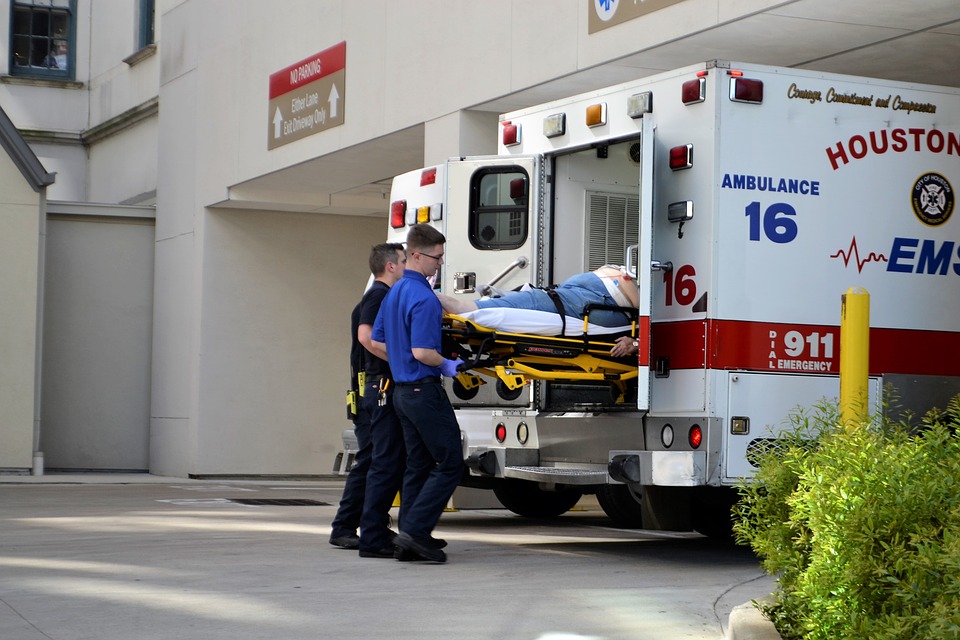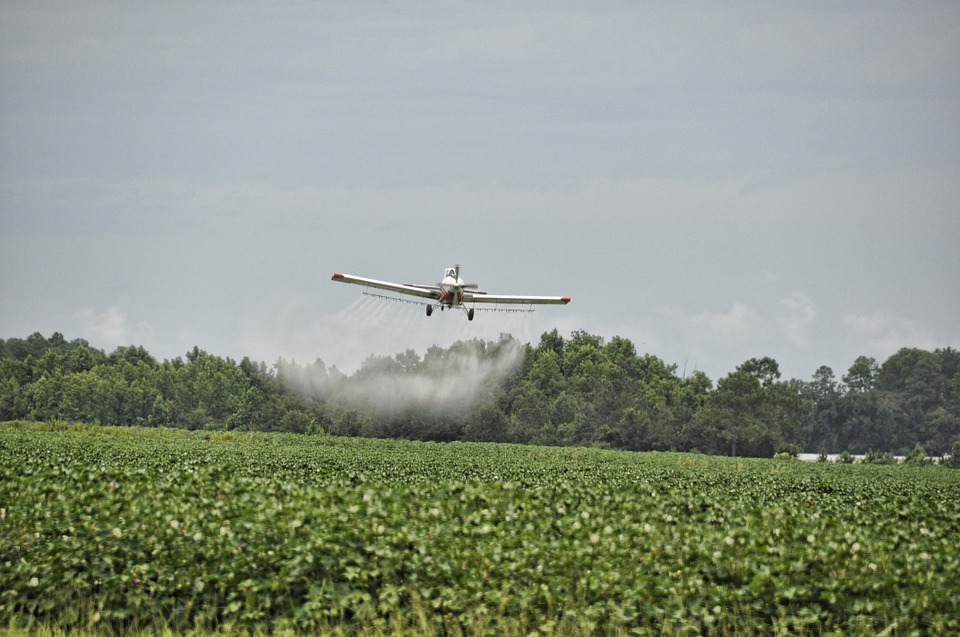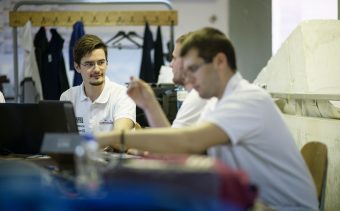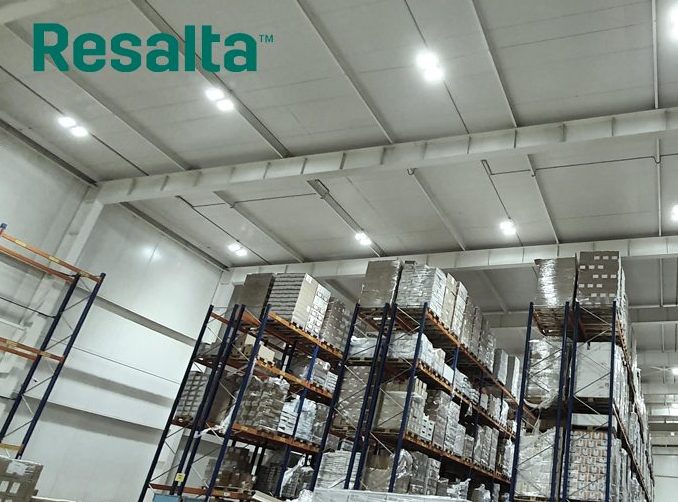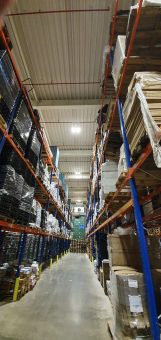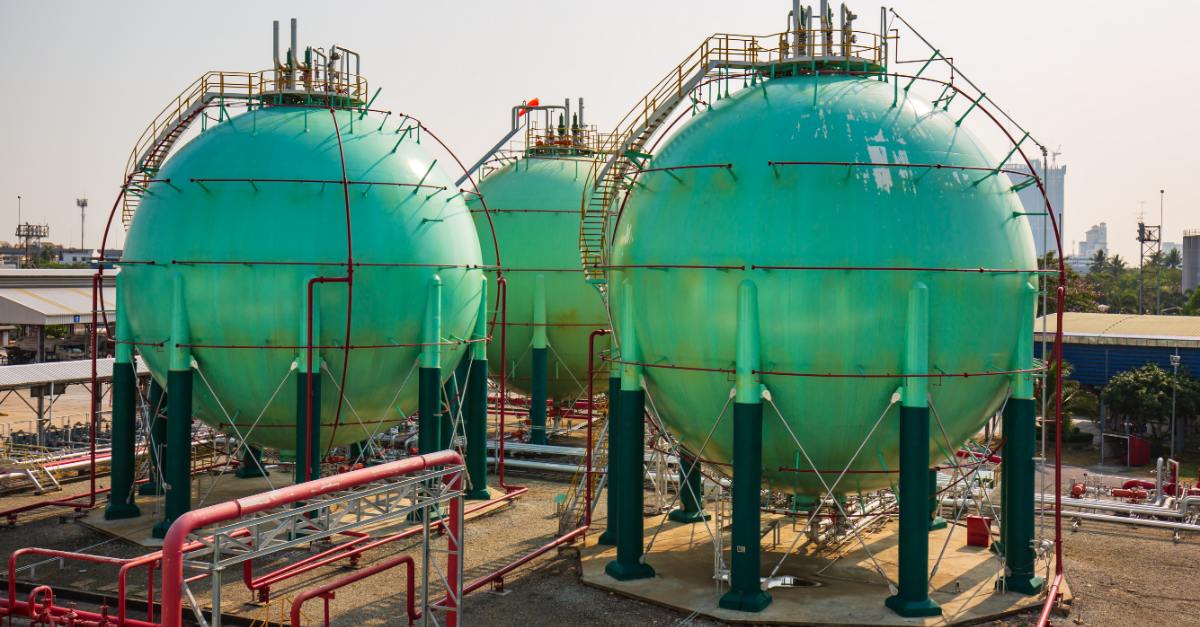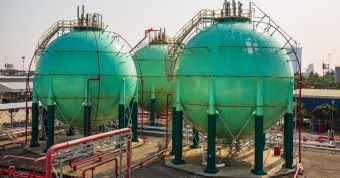Scores of children and adults are being rushed to hospital for emergency treatment on days of high pollution in cities across England, figures show.

Each year emergency services see more than 120 additional cardiac arrests, more than 230 additional strokes and nearly 200 more people with asthma requiring hospital treatment on days of high pollution compared with the average on days of lower pollution.
The data, to be published in full next month, shows the extra strain that poor air quality is putting on already stretched NHS emergency resources.
Simon Stevens, the chief executive of NHS England, said: “These new figures show air pollution is now causing thousands of strokes, cardiac arrests and asthma attacks, so it’s clear that the climate emergency is in fact also a health emergency. Since these avoidable deaths are happening now, not in 2025 or 2050, together we need to act now.”
Previous studies have found spikes in hospital admissions and GP visits on days of high pollution, but the new data gives precise numbers for nine English cities and shows a clear relationship between heart attacks, strokes and respiratory illnesses and dirty air.
The researchers defined high pollution days by dividing the year in two based on levels of pollution and comparing the number of cases of the relevant illness in the higher pollution half of the year with the number of similar cases on each day in the lower half.
The data, collated by King’s College London (KCL), covers London, where there are 338 more emergencies a year on higher pollution days compared with low pollution days, Birmingham (65 a year), Bristol (22), Derby (16), Liverpool (28), Manchester (34), Nottingham (19), Oxford (10) and Southampton (16).
Much of the recent research on air pollution has focused on the lifelong effects of chronic exposure, including cognitive decline, stunted growth in children and premature death. However, it can also bring on serious illness more immediately.
Jenny Bates, an air pollution campaigner at Friends of the Earth, said: “Many people may not realise how dangerous air pollution at high levels can be, and that it can trigger heart attacks, strokes and asthma attacks as well as having long-term health effects. These figures will be a wake-up call for city leaders to take the strongest possible action.”
The government has pledged to tackle air pollution in its environment bill, proposals for which were laid out after the Queen’s speech. Campaigners are concerned that the measures proposed are too vague and too weak.
Polly Billington, the director of UK100, a network of local government leaders across England that have pledged to shift wholly to clean energy by 2050, said: “We would like to see World Health Organization air pollution standards included in the bill, as they are widely seen as gold standard, with a legally binding timetable to meet them, as that creates certainty and enables long-term planning. The absence of significantly increased powers for local leaders, together with a lack of reference to the need for adequate funding, are the big holes in the bill that will hold action back.”
On Wednesday the mayor of London, Sadiq Khan, and UK100 will hold an international clean air summit with the World Health Organization (WHO) director general, Tedros Adhanom.
Heather Walton, a health expert with the environmental research group at KCL, said the study was intended to provide more detail than others that have tended to concentrate on the effects of air pollution on life expectancy, such as estimates that pollution contributes to 36,000 deaths a year in the UK.
By homing in on hospital admissions for cardiac arrests, strokes and asthma, the researchers were able to provide a clearer picture of the acute impacts on people and how emergency services are affected. “This provides additional evidence of the important need for further action to reduce air pollution,” Walton said.
Read more: Guardian


